Teaching kindness to students is an important part of creating a positive and inclusive classroom culture. By fostering kindness and empathy in their students, as a teacher, you can help to promote a sense of community and belonging, and also equip students with the skills they need to navigate the challenges of life. In this article, we will explore six powerful strategies that teachers can use to help students learn about kindness and put it into practice in their own lives.
1. Model kindness:
It is important for teachers to lead by example and show kindness to our students, colleagues, and others in the community. This can involve simple acts of kindness such as saying hello, asking how someone is doing, and offering help when needed. By consistently demonstrating kindness in our words and actions, teachers can set a positive tone and create a welcoming classroom environment. It's also important for teachers to be mindful of the words we use and the tone in which we speak, as these can have a significant impact on students.
2. Using décor to create a positive and welcoming environment:
Consider displaying posters or other visual aids that feature slogans or messages that encourage kindness such as these Kindness Quote Colouring Posters, which go a step further than ready made posters as students are reflecting on the quotes while they colour in and are putting their stamp on the décor! You could also create a kindness wall or corner in your classroom where students can post notes or drawings that highlight kind actions or words that they have observed or experienced.
Using décor to promote kindness and inclusivity can not only create a positive and welcoming atmosphere in the classroom, but also provide a visual reminder to students about the importance of kindness and respect for others. By seeing these messages and symbols around the classroom, students can be reminded to be kind and respectful to their classmates and others in the community.
3. Make kindness a part of the classroom culture:
Encourage your students to be kind to one another by setting expectations for kind and respectful behaviour. Consider using positive reinforcement to recognise and reward kind actions. This can involve using reward coupons such as these to praise students for small acts of kindness, such as holding the door open for a classmate, sharing their equipment or standing up for a classmate who is being bullied. It's also important to address unkind behavior and teach students how to resolve conflicts in a kind and respectful manner. These Kindness Colouring Compliment Notes would work exceptionally well for this:
4. Incorporate kindness into lesson plans:
There are many ways to integrate lessons on kindness into various subjects. For example, you could discuss the importance of kindness and empathy in literature, or explore historical figures who have demonstrated kindness in social studies lessons. Science and math can also provide opportunities to teach about kindness. For example, you could have students investigate the ways in which people can be kind to the environment or do math problems involving the distribution of resources to those in need.
5. Encourage volunteering and service learning:
Participating in community service projects can be a powerful way for students to learn about kindness and the positive impact it can have on others. Service learning projects can involve working with organisations that serve the homeless, the elderly, or other underserved populations. These projects can help students develop a sense of empathy and understanding of others, and also give them the opportunity to make a difference in their community.
6. Use media and technology to promote kindness:
There are many resources available, such as these which can help students learn about kindness and empathy and the role it plays in creating a positive and inclusive community. Teachers can use these resources to spark discussions and activities that focus on kindness. In addition, you could show a video about a person who has demonstrated kindness and then have students brainstorm ways they can be kind in their own lives. Websites and social media can also be used to share stories and examples of kindness and encourage students to share their own experiences with kindness.
To conclude:Teaching kindness to students is an ongoing process that requires consistent effort and reinforcement. By using the strategies outlined in this article, teachers can help to create a classroom culture that is founded on kindness, respect, and empathy. In doing so, you can not only help your students to become more compassionate and understanding individuals, but also contribute to creating a more positive and inclusive community. By promoting kindness in the classroom, teachers can help to shape the next generation of leaders who are not only academically successful, but also kind, caring, and empathetic. |
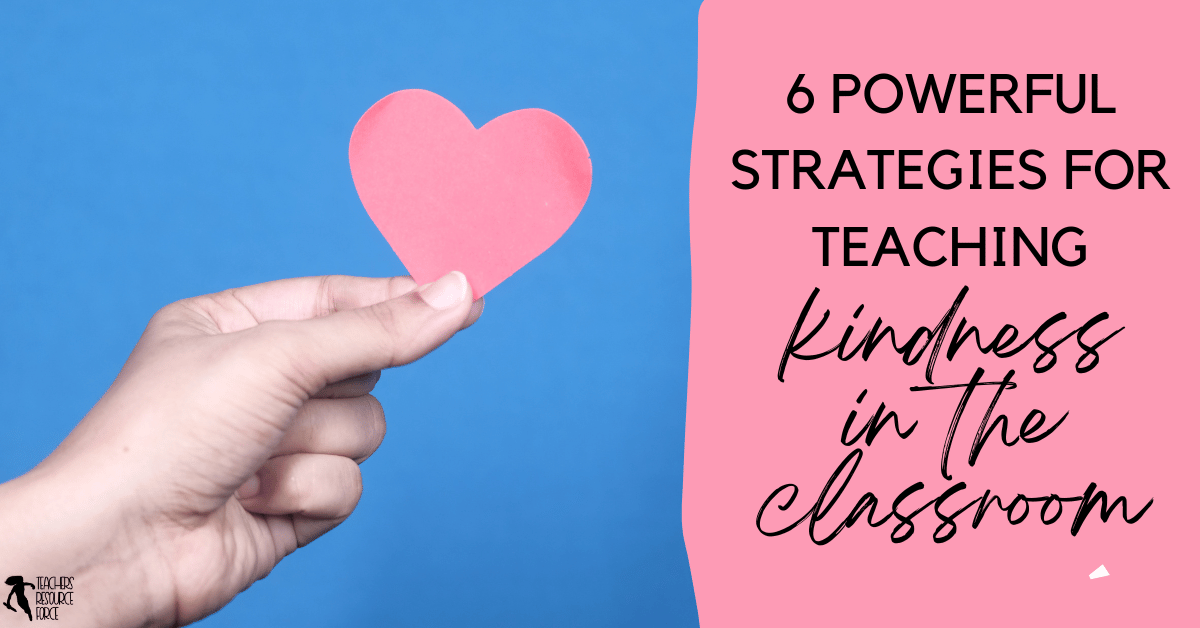
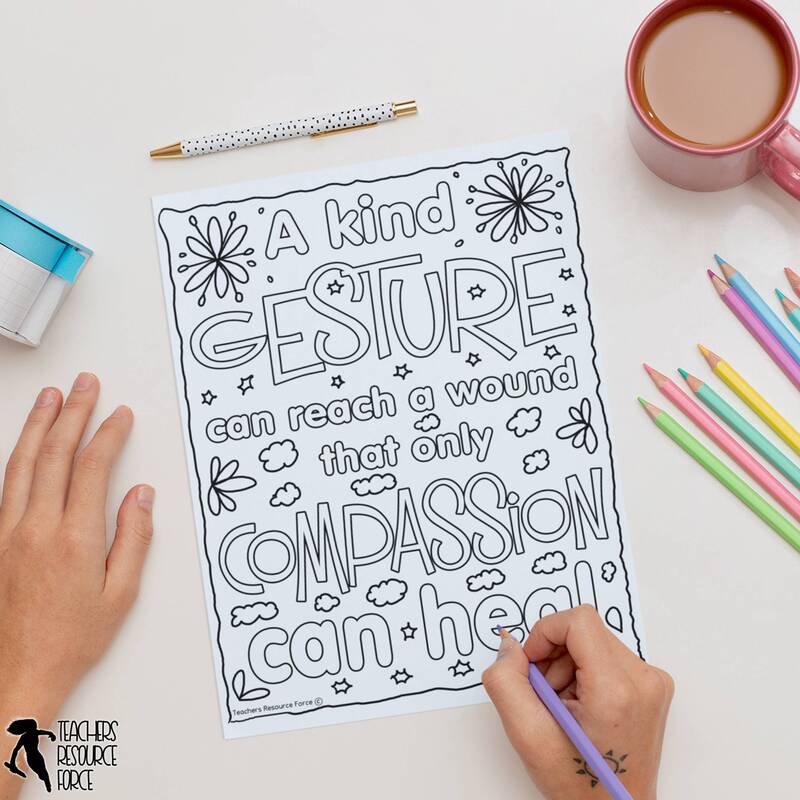
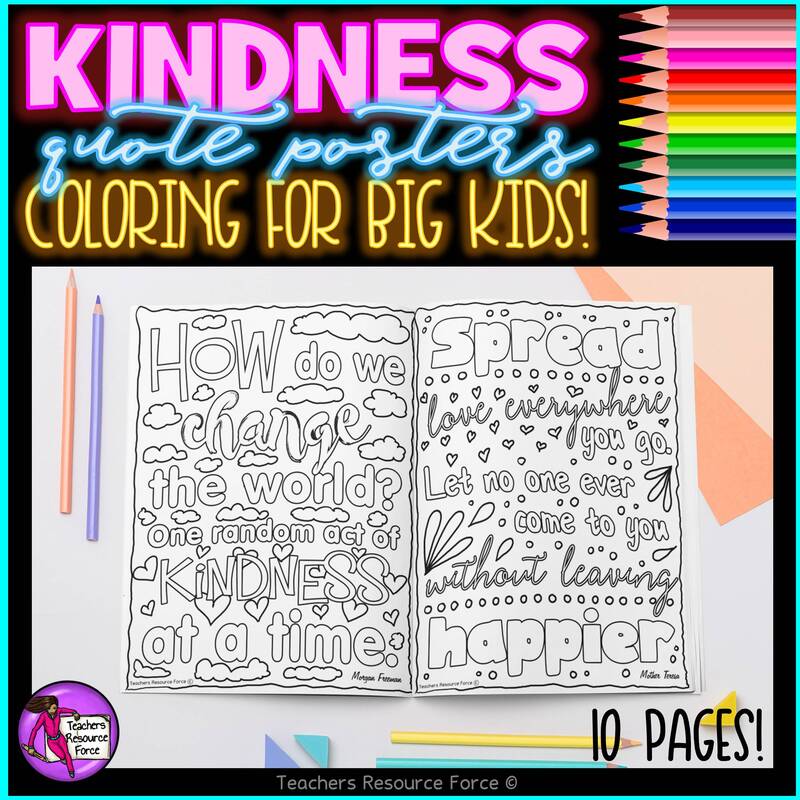
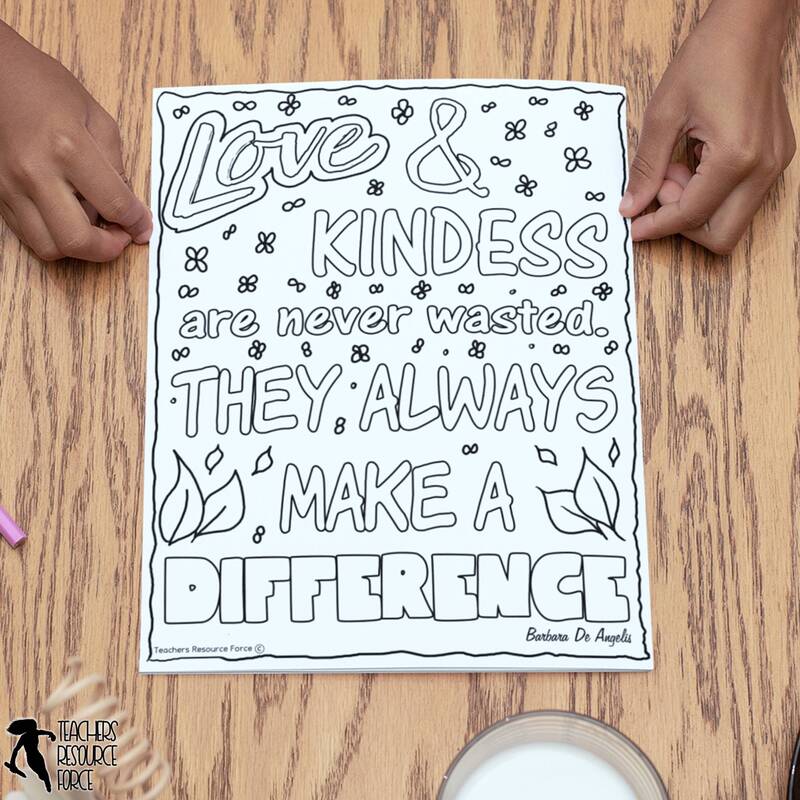
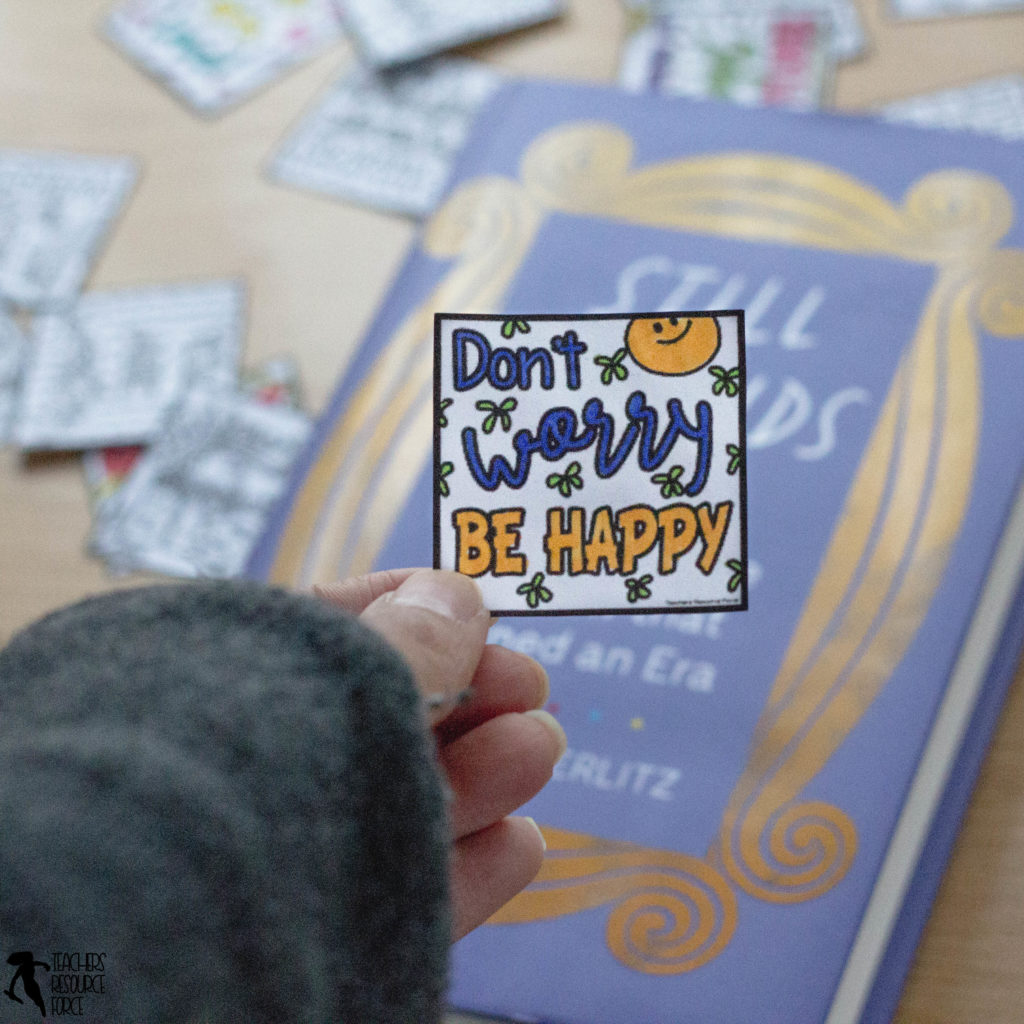

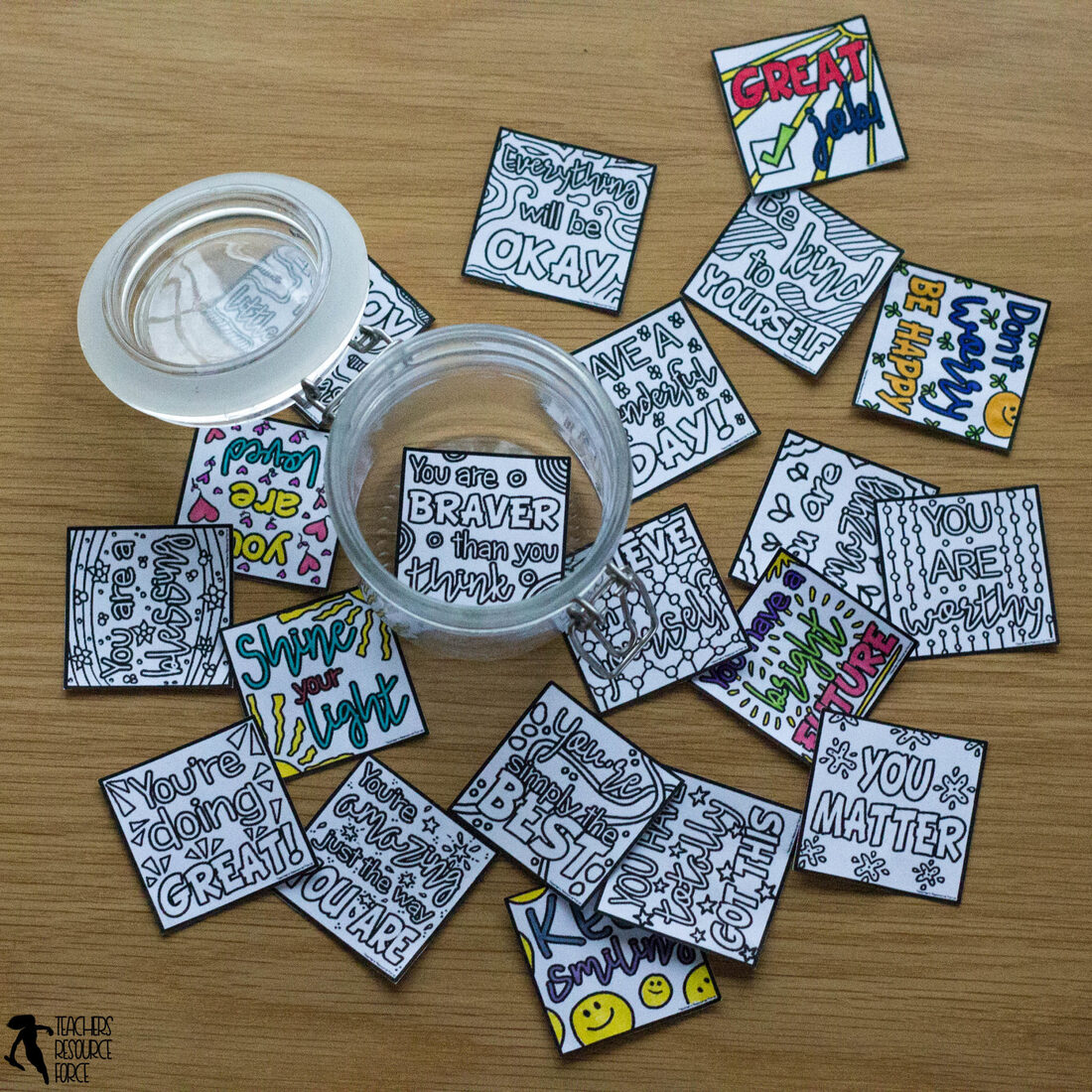
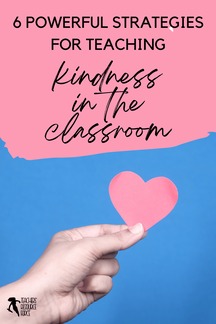




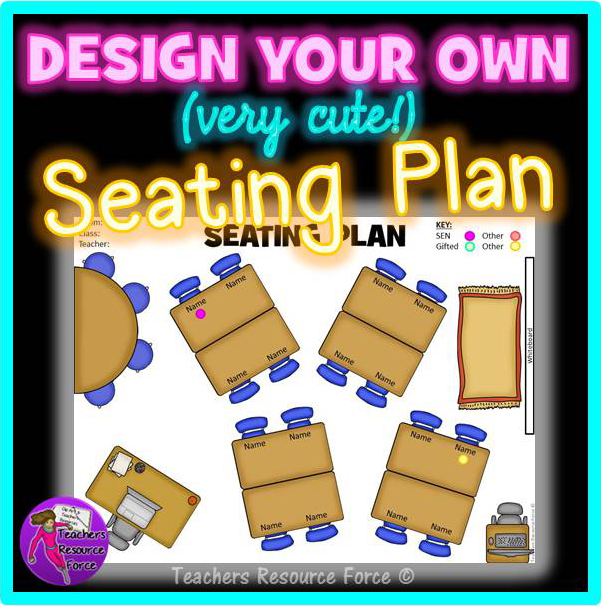

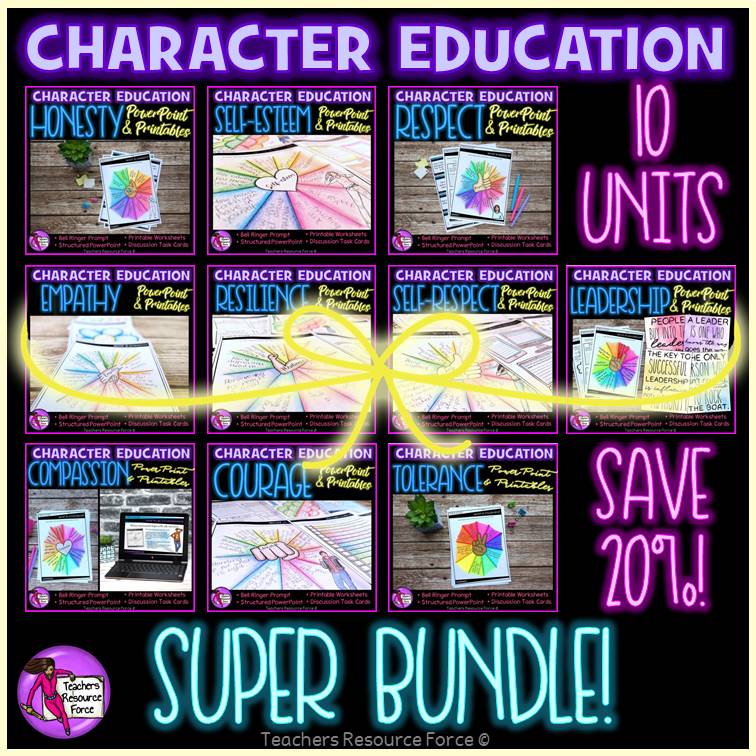


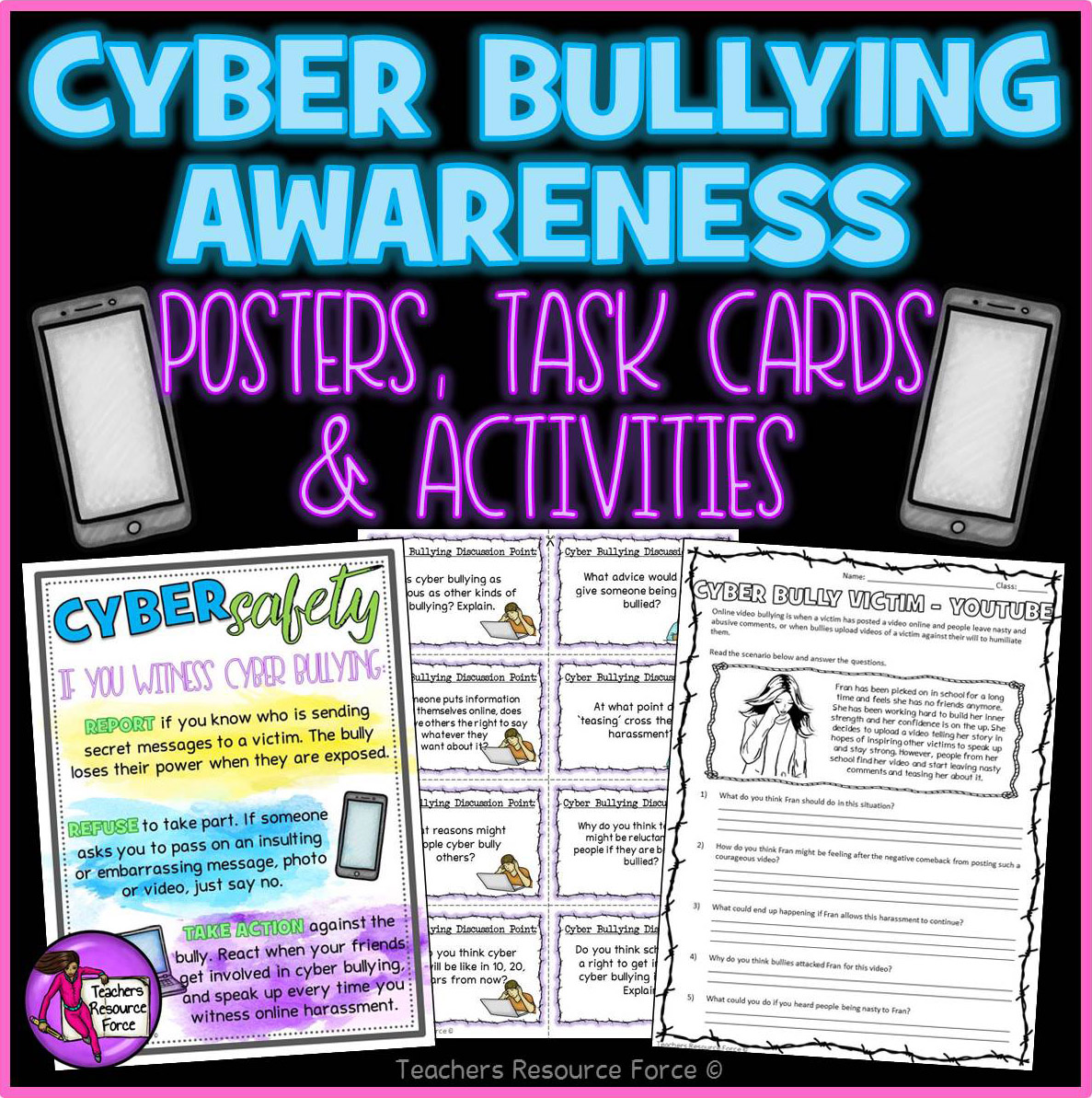













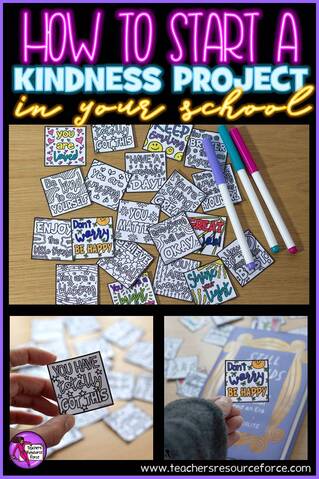


 RSS Feed
RSS Feed



